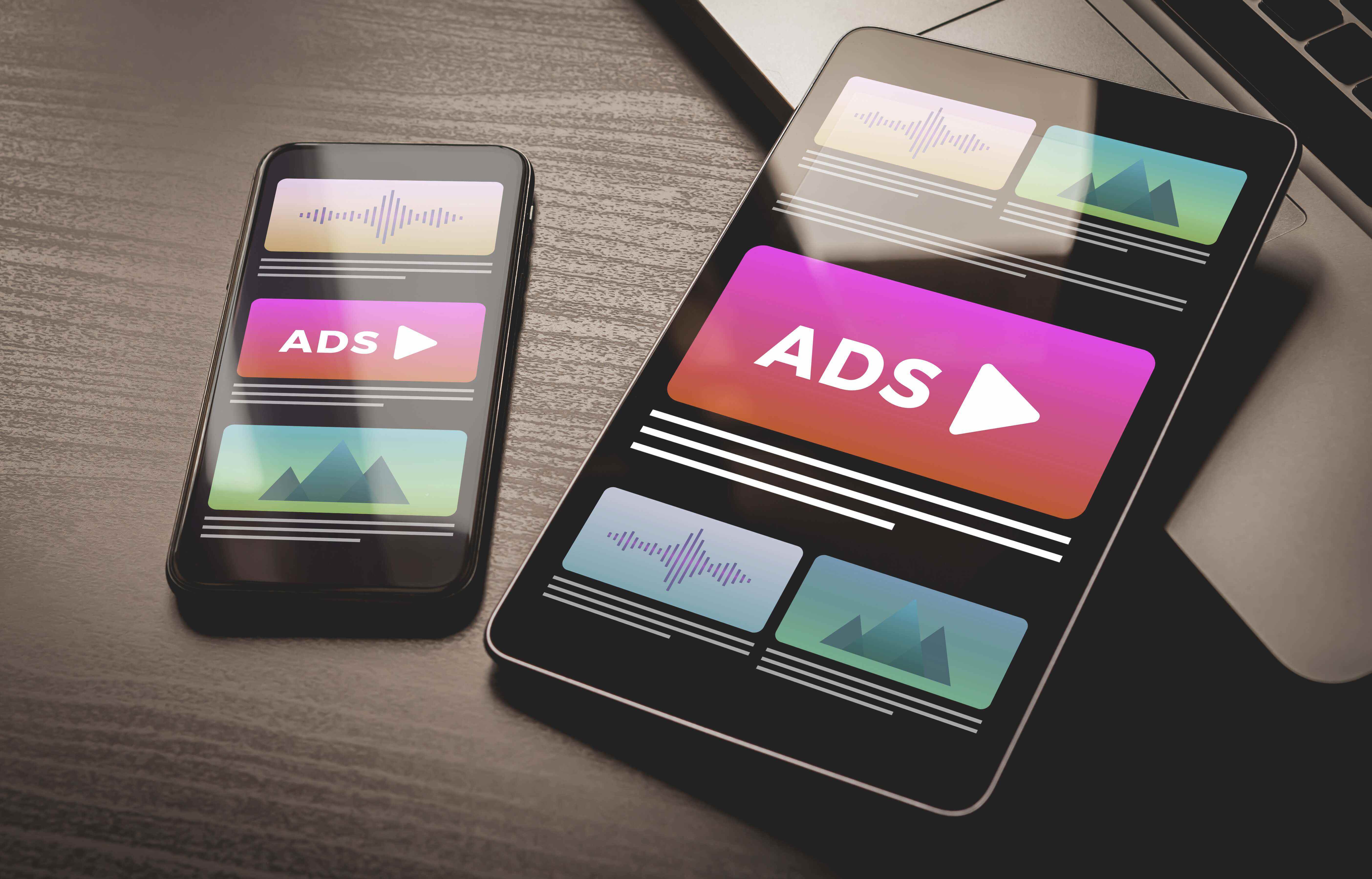Google is the perfect meet-up spot for customers and online retailers.
With over 2 trillion searches yearly and over 90% of the search engine market share, it offers businesses access to a vast customer pool.
According to statistics, customers are four times more likely to click on a Google ad than on ads from other networks.
This makes Google Ads a top choice for businesses to advertise their products and services.
What is Google Ads and Why is It Important?
Google Ads is a paid online platform that Google offers where users can bid to place short ads to promote their businesses.
It's an important tool that helps you to reach potential customers at the moment they're searching for products or services, driving targeted traffic and increasing sales.
Google Ads or Adwords
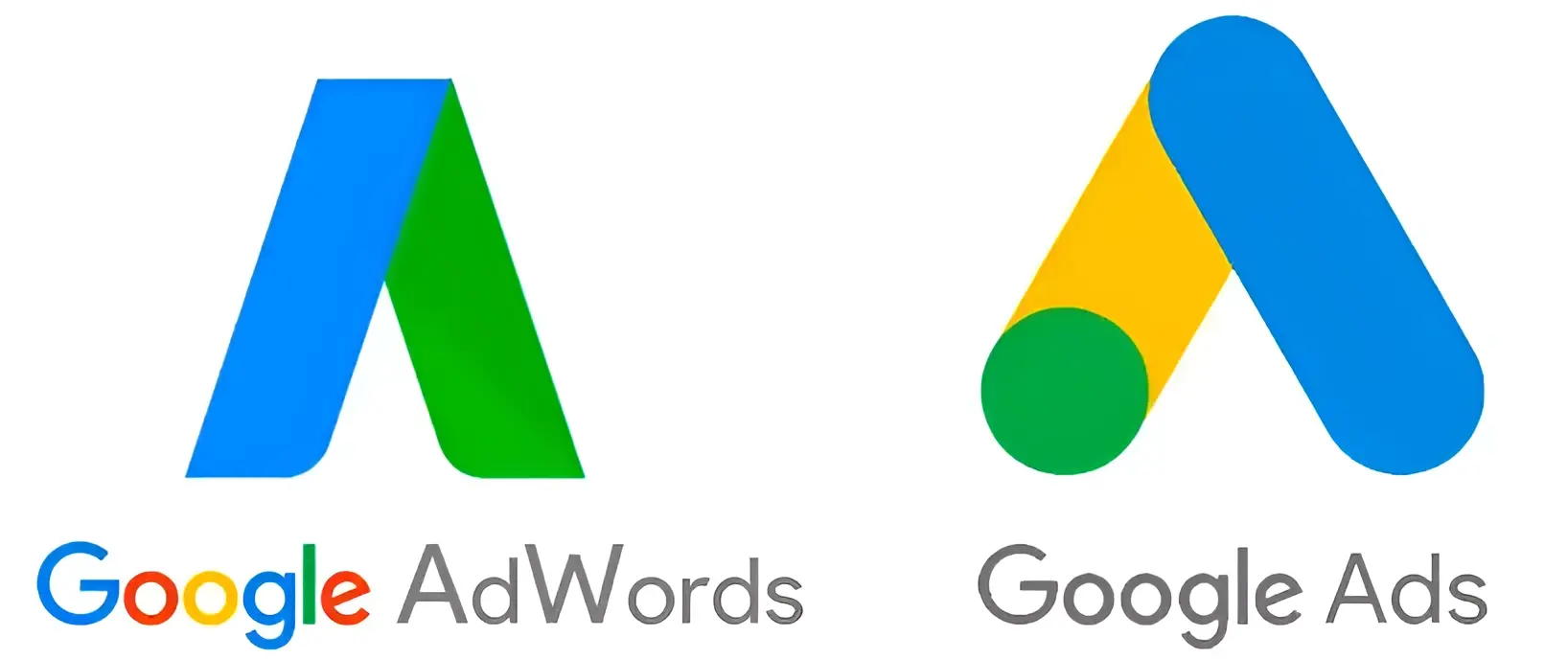
Google Ads and AdWords refer to the same brand.
Google AdWords was the original name of Google's online advertising platform, which was rebranded as Google Ads in 2018.
How Does Google Ads Work?
Google Ads uses a pay-per-click (PPC) model.
In the PPC model, businesses bid on keywords relevant to their business, with the maximum bid being the largest amount they are willing to spend on the ad.
Suppose your maximum bid is $2 and the cost-per-click is $1, in that case, you get the ad placement. If the cost-per-click exceeds $2, you don't get the ad.
Google also allows you to set a maximum daily budget for your ad placement and gives you three options for your bids:
Cost-per-cost CPC: the amount you pay when someone clicks on your ad
Cost-per-mille CPM: the amount you pay per 1000 ad impressions
Cost-per-engagement CPE: the amount you pay when someone does a certain action related to your ad, like watching a video, signing up, etc.
Types of Google Ads
Search Campaign
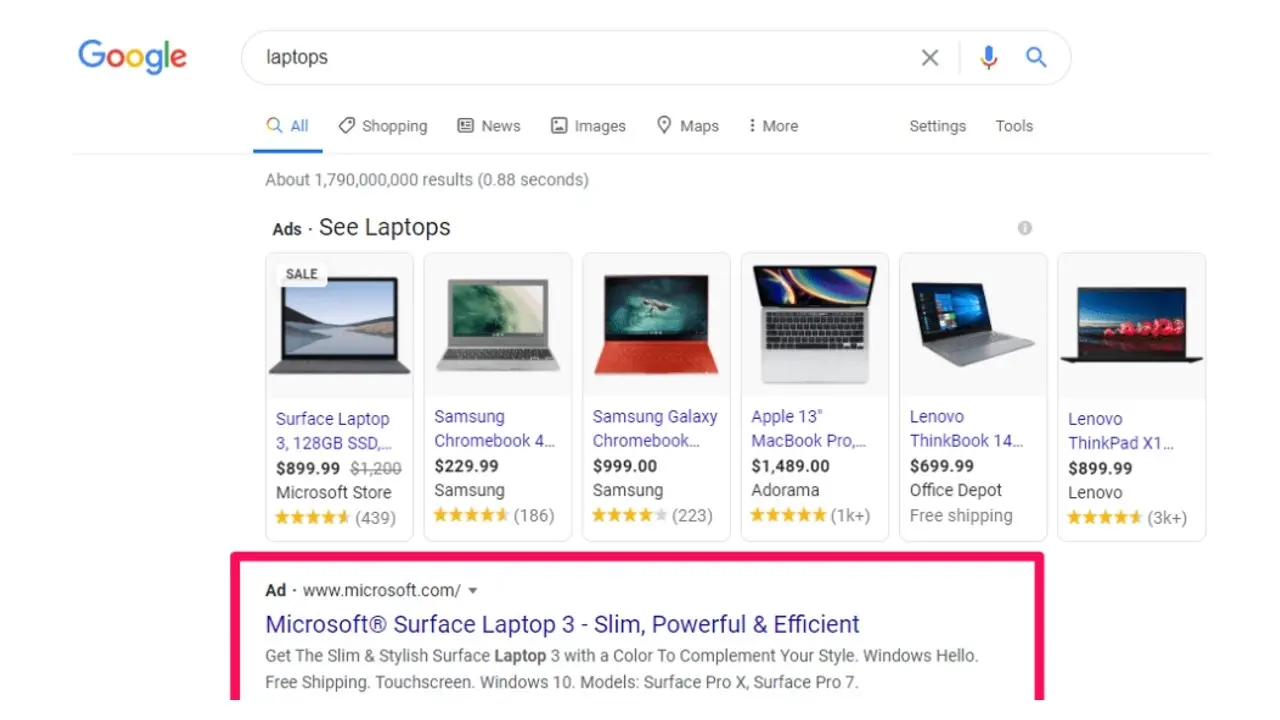
Is the most popular ad type on the Google Ads platform. Search campaigns show ads as text in the search results when users search for the keyword you had bid on.
Display Campaign
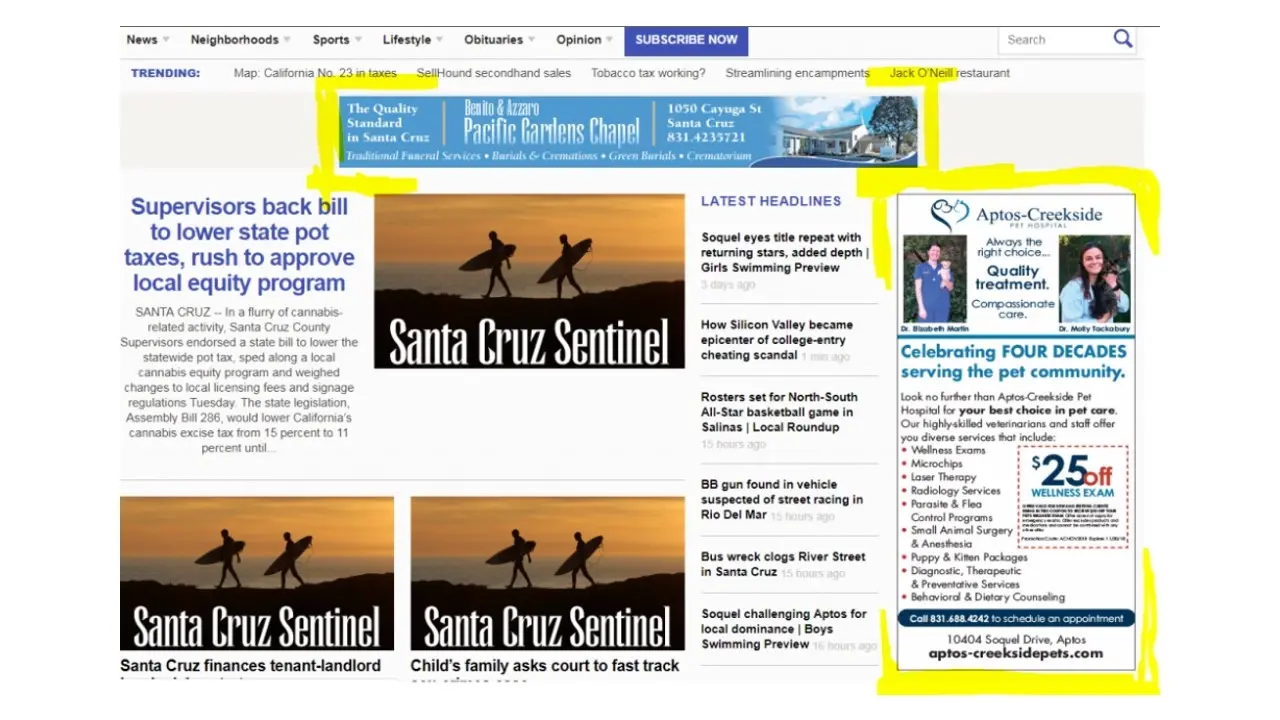
These ads appear on websites in the Google Display Network, which includes over 2 million sites like YouTube and Gmail.
Ads can show up in sidebars, headers, and other visible areas, exposing your business to a wide audience.
Shopping Campaign
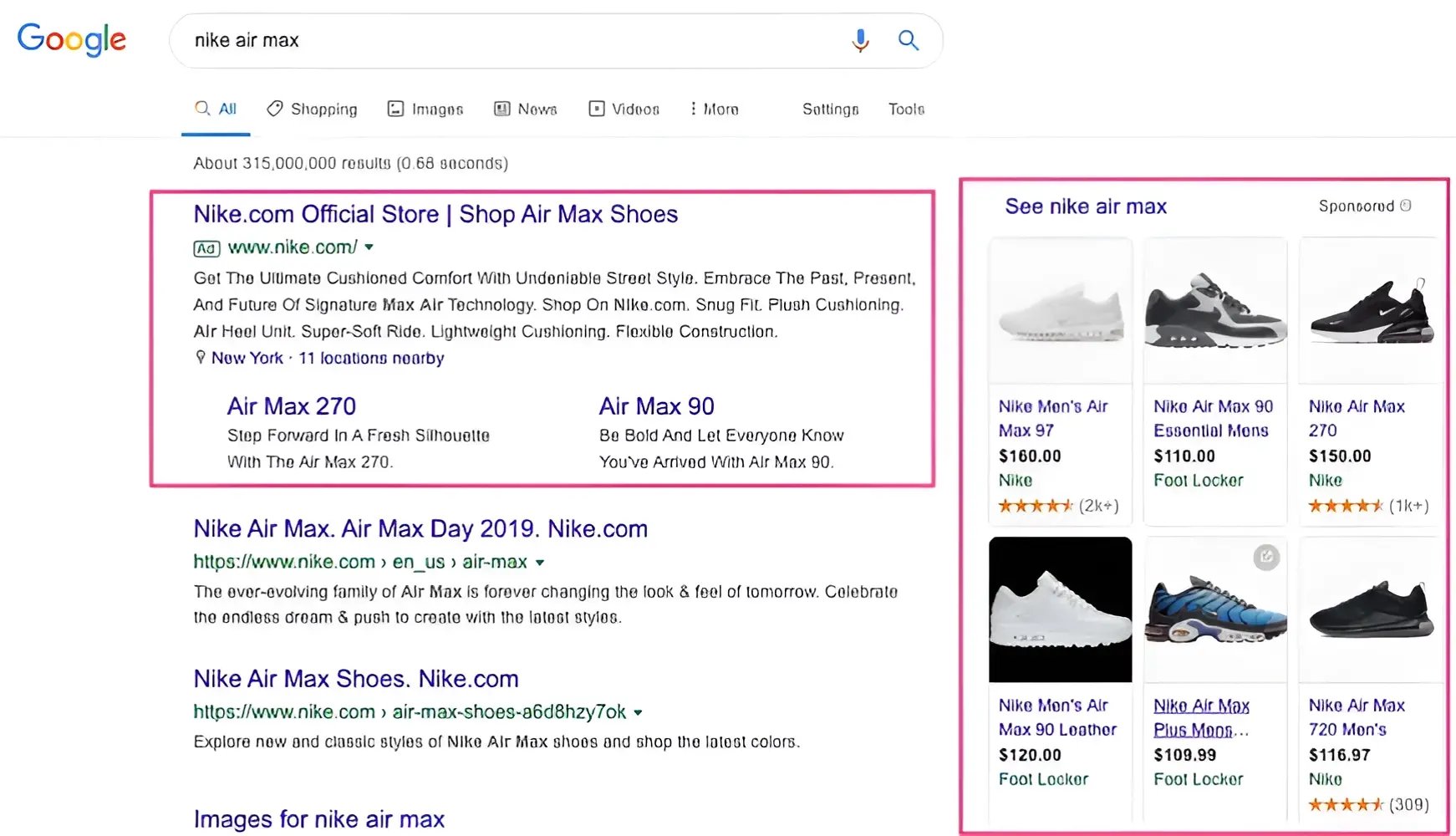
This campaign places your ads in Shopping and regular search results. You can use images to make your product more appealing and help it catch the customer's eye.
Video Campaign
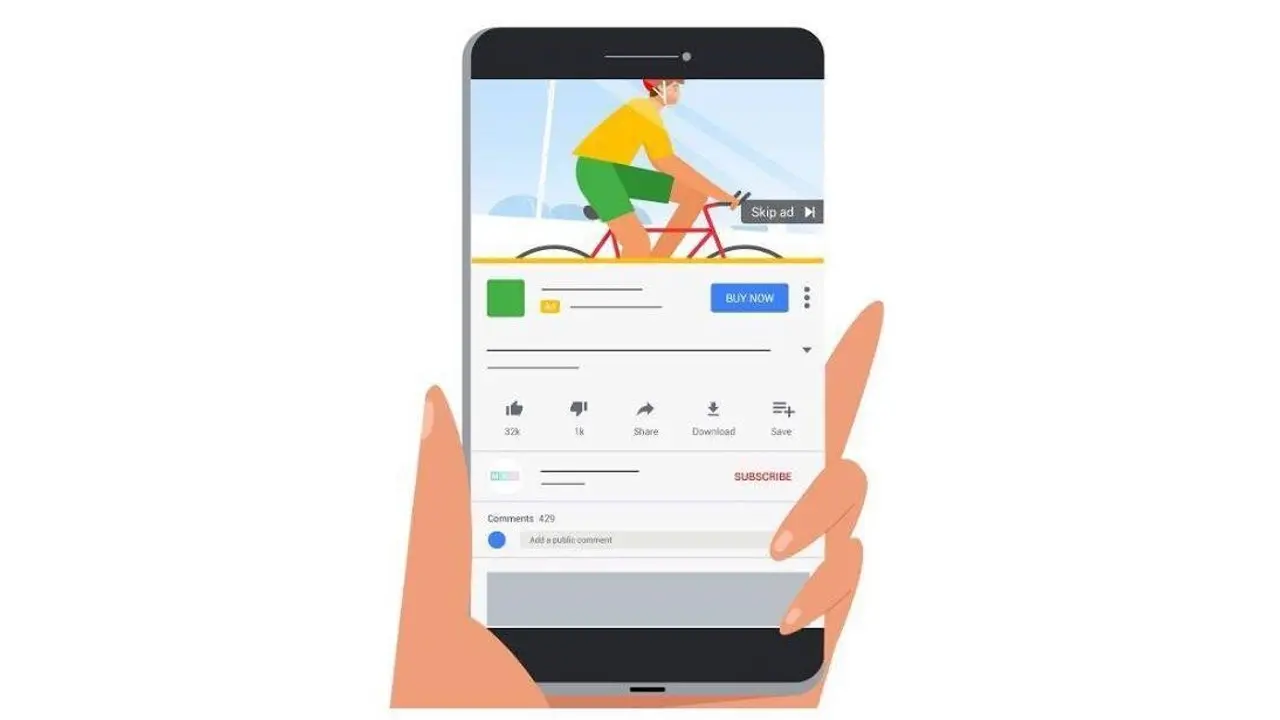
This includes the ads you see before any YouTube video.
So, if you get this type of ad, your ad will be placed as a pre-roll to any YouTube video that is appropriate for ad placement. This campaign is excellent for visual ads.
App campaign
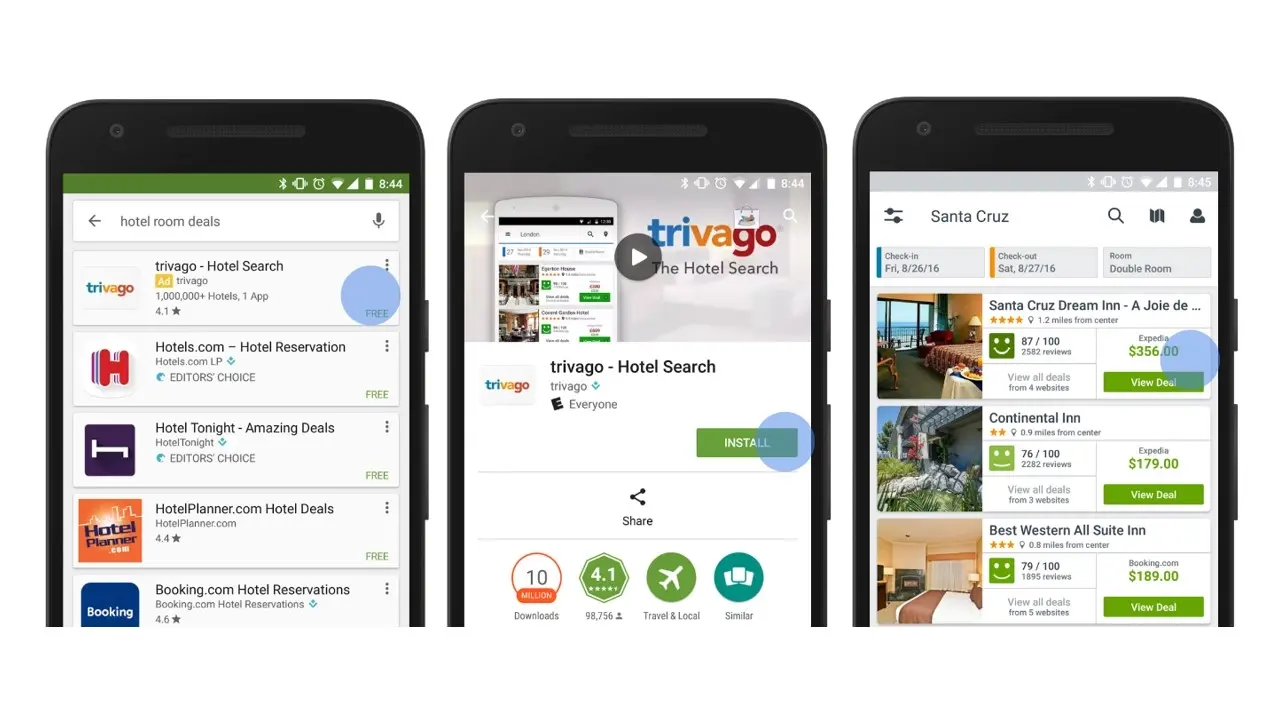
This campaign places your ads on apps and apps only. This can also be achieved with a display campaign too. However, this campaign is specifically for placing ads on apps.
Pros and Cons of Google Ads for Ecommerce Businesses
Advantages
Disadvantages
Advantages of using Google Ads
Detailed Targeting
- Google Ads offers multiple targeting options.
- Use filters to reach your audience by location, age, keywords, etc.
- Choose specific times of the day to show your ads.
Google's Search Traffic
Using Google Ads taps into Google's vast search traffic of over 4.3 billion users.
This exposes your business to a massive pool of potential customers, gaining traffic whether or not they buy your product or service.
The PPC Model
- Pay only when someone clicks on your ad (PPC model).
- Choose between CPC (cost per click) and CPM (cost per impression) models.
- Save money with the CPC model by paying only for results.
Ability to Track Performance
Google Ads lets you track how many users see and click your ad, and how many complete the desired action on your website.
Ad Customization
- Google Ads provides various ad formats such as text, image, video, and shopping ads.
- Customize your ads to suit your campaign goals and audience preferences.
- Tailored ads can improve engagement and conversion rates.
Using Conquesting Ads
Conquesting ads are great for new businesses entering a market.
They target the same audience as your competitors, helping you reach people already interested in similar products.
Access to Analytics and Insights
Google Ads offers comprehensive analytics tools to measure ad performance.
You can gain insights into user behavior, demographics, and conversion paths. Using this data, you can optimize your campaigns for better results and return on investment (ROI).
Flexible Budget Management
Google Ads allows you to set a daily budget and adjust it as needed.
You can start with a small budget and increase it once you see positive results. This flexibility ensures you never overspend and can scale up when necessary.
Disadvantages of using Google Ads
Results Take Time
To make predictions or conclusions for your business, you'll need to wait to gather sufficient data.
Since Google is vast with many users, businesses, ads, and products, it can take time to get the numbers needed for informed decisions.
Might Require Expert Help
To perfect your ad campaign and avoid wasting money, you may need professional help.
Despite available information, there are no quick solutions.
Maintaining your campaign takes time and may require additional staff.
Not Enough Segmentation
Although Google Ads offers various targeting options, segmentation is limited compared to platforms like Facebook.
Targeting a very specific audience exclusively can be challenging with Google Ads.
Click Fraud
Click fraud involves invalid clicks on ads, leading to unnecessary costs for advertisers.
- Google implements measures to combat click fraud.
- Advertisers need to monitor and manage this risk.
- Wasted ad spend is a potential issue.
- Performance metrics can be skewed by click fraud
High Competition and Cost
Google Ads' popularity leads to high competition for keywords, especially in popular industries.
This competition increases the cost per click (CPC), making ad campaigns expensive. Small businesses with limited budgets may struggle to compete with larger companies.
How to Set Up Google Ads Account in 8 Steps
Step#1: Sign up for Google Ads
Create a Google account or use your existing one to sign up. You can sign up on the Google Ads website.
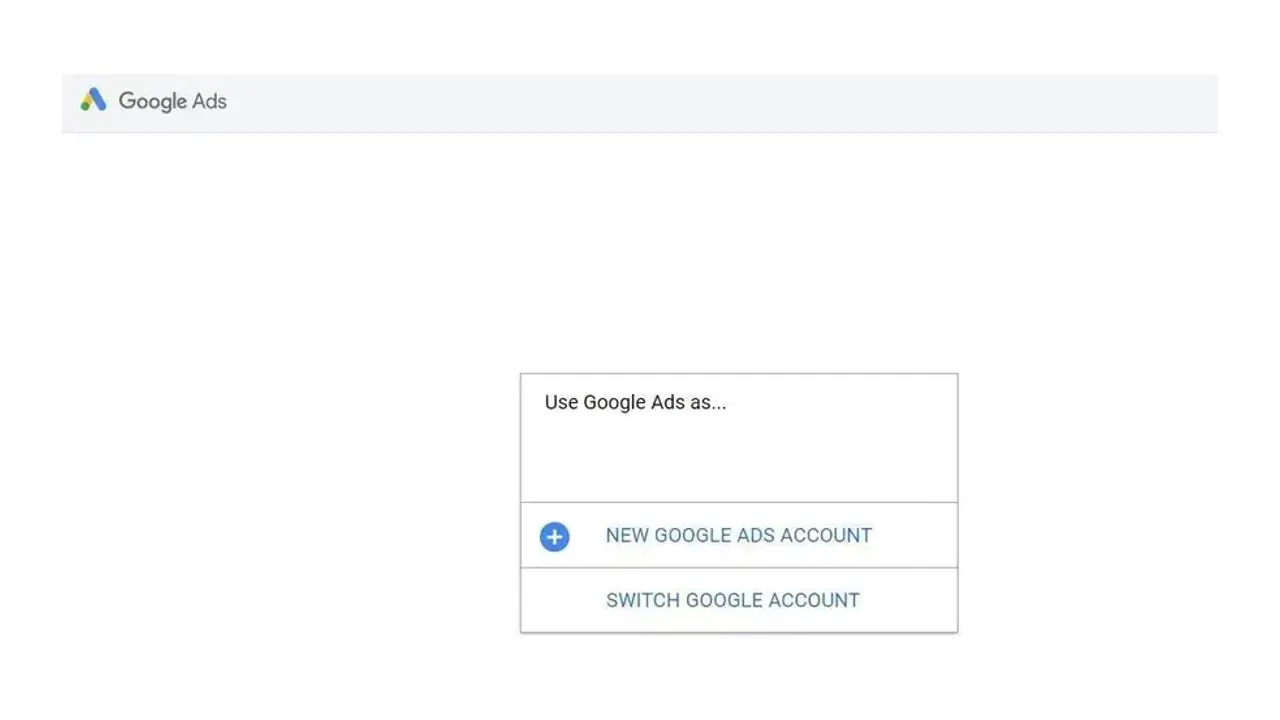
After entering the required information, you'll be redirected to the campaign page to create your first campaign.
Here, you can set your budget, target audience, bids, and write your ad.
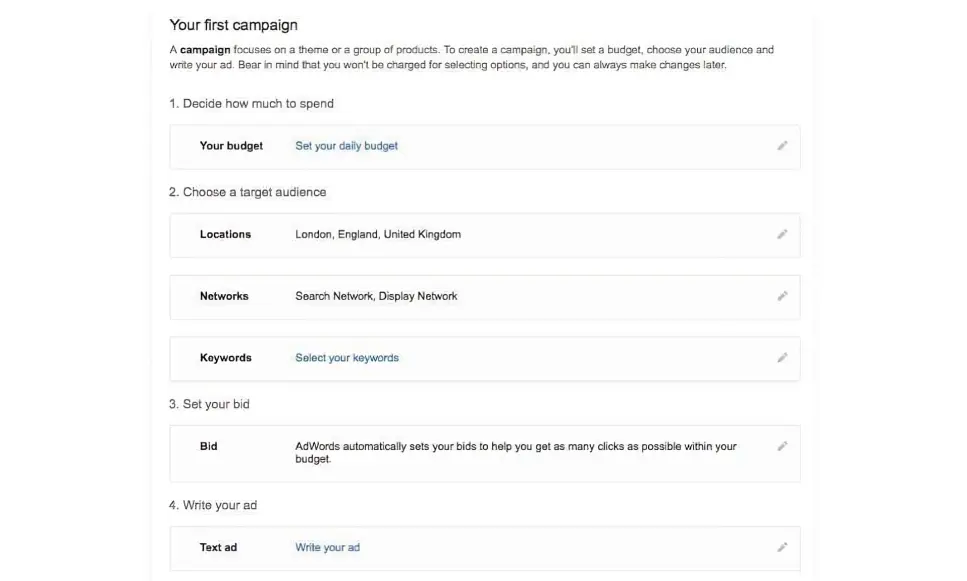
Step#2: Define Your Budget
Set your daily ad budget to manage spending and stay within limits. New users can research average industry budgets to start.
Adjust your daily budget later based on your landing page conversion rates. Also, choose your currency. Save the changes and proceed to the next step.
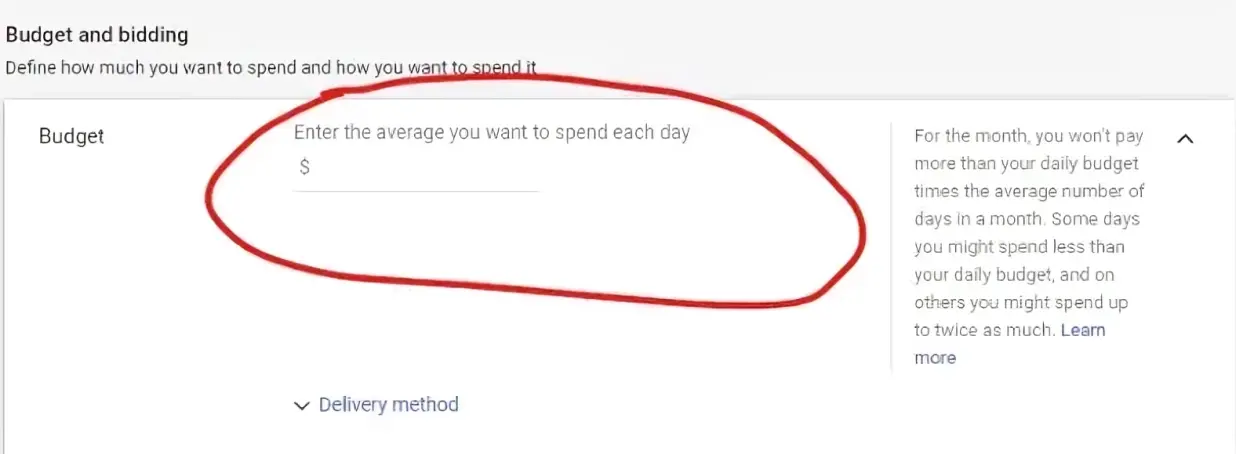
Step#3: Choose Your Target Audience
Here, you can specify the geographical location of your target audience.
By setting a location, your ad will only show to users searching for your keywords in the chosen area.
The "Advanced search" option allows radius targeting within your zip code. Choose this based on your business needs and whether you want to sell locally or globally.
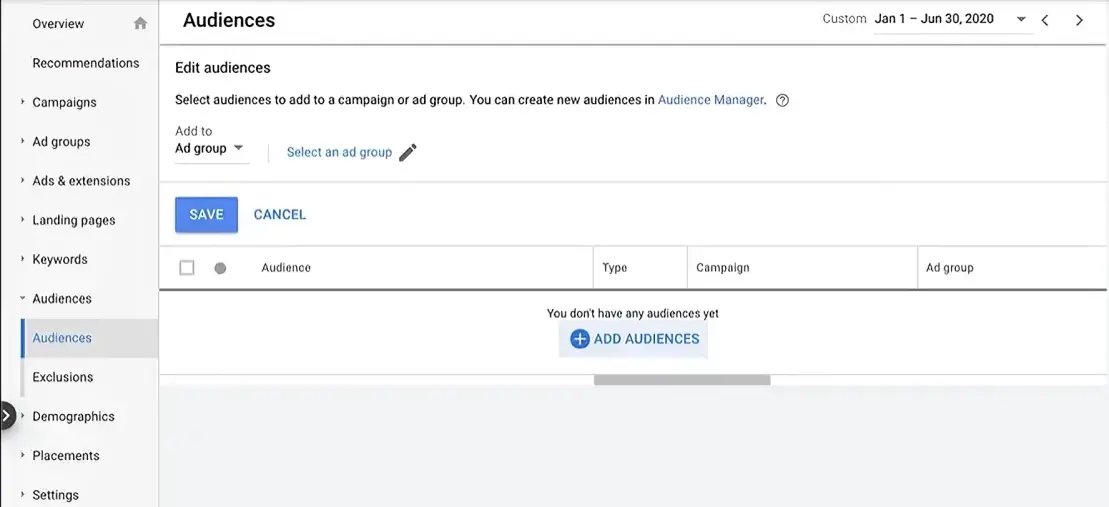
Besides location, you can set parameters like gender and demographics.
If you don't know what parameters to apply, you can click on the "Browse" option to see what you can choose from.
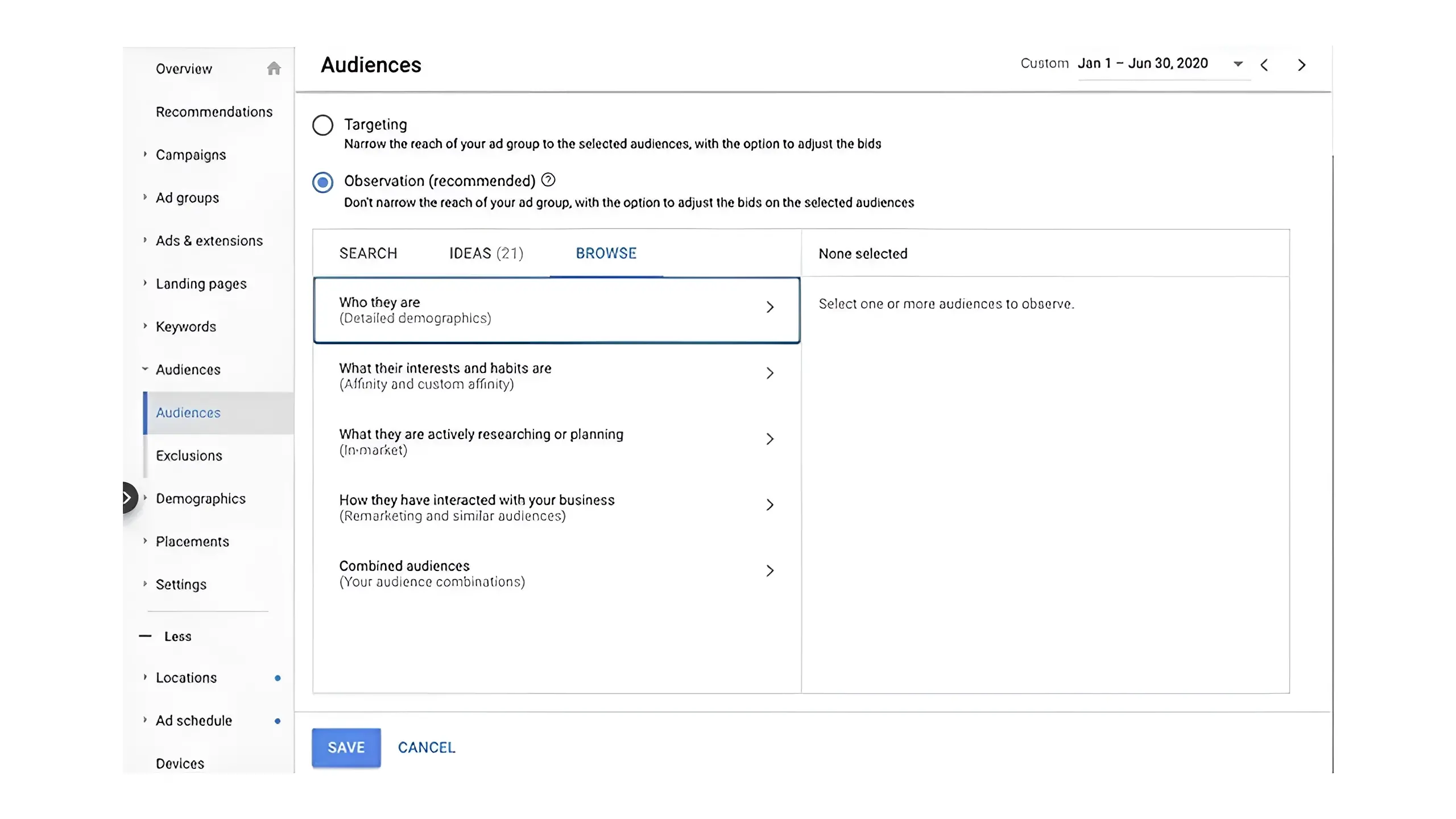
Step#4: Pick a Network
Decide between Google's Search Network and Display Network.
The Search Network places ads on Google search results. If you choose the Google Display Network, your ads will appear on various websites.
For beginners or small businesses, the Google Search Network is recommended because it shows ads to users searching for your business keywords.
The Display Network on the other hand is great for branding, retargeting, and other such purposes, but ads shown on this network have a relatively lower CPC.
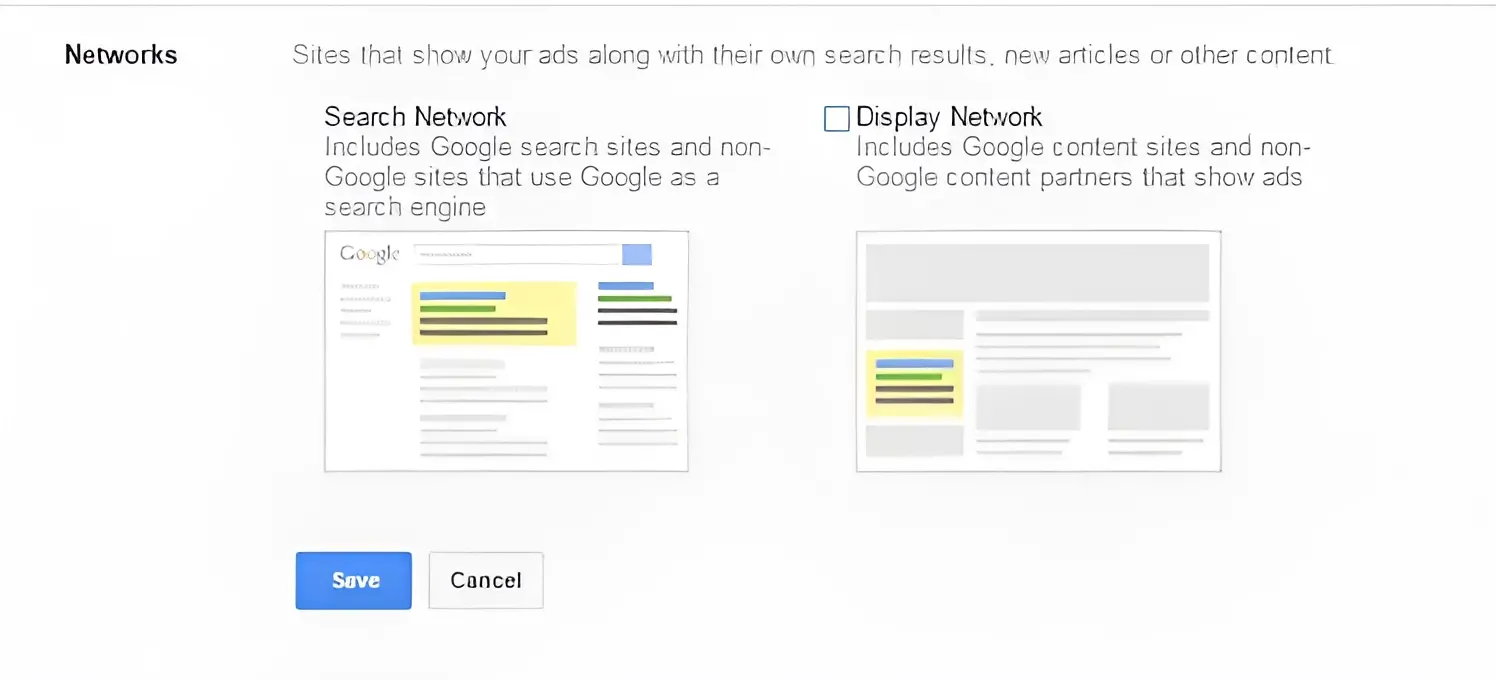
Step#5: Select your Keywords
Google lets you select 15 to 20 keywords for your ad to appear on the SERP.
For starters, choose a few that you are confident will deliver results instead of choosing 20 keywords that may or may not be relevant.
You should also consider the search volumes of your keywords.
A keyword with 600,000 searches may seem appealing but might not be the best choice. Bidding for high-volume keywords is usually very expensive.
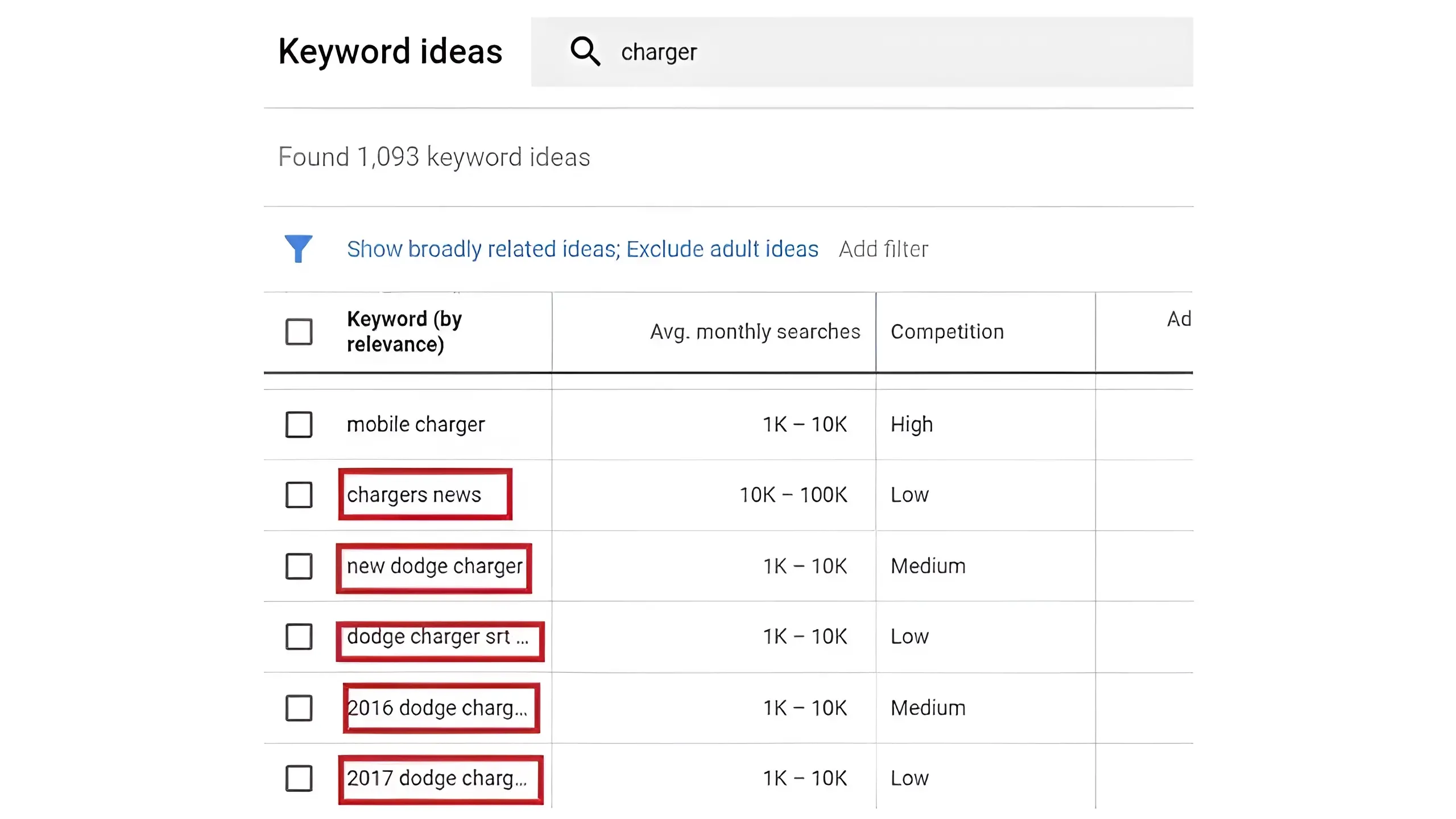
Step#6 Determine your bid amount
A bid is the amount you pay for each click on your ad.
When competing for a contested keyword, higher bids place your ad higher.
You can set bids automatically to maximize return or manually for more control. Automatic is best for beginners; manual is more cost-effective.
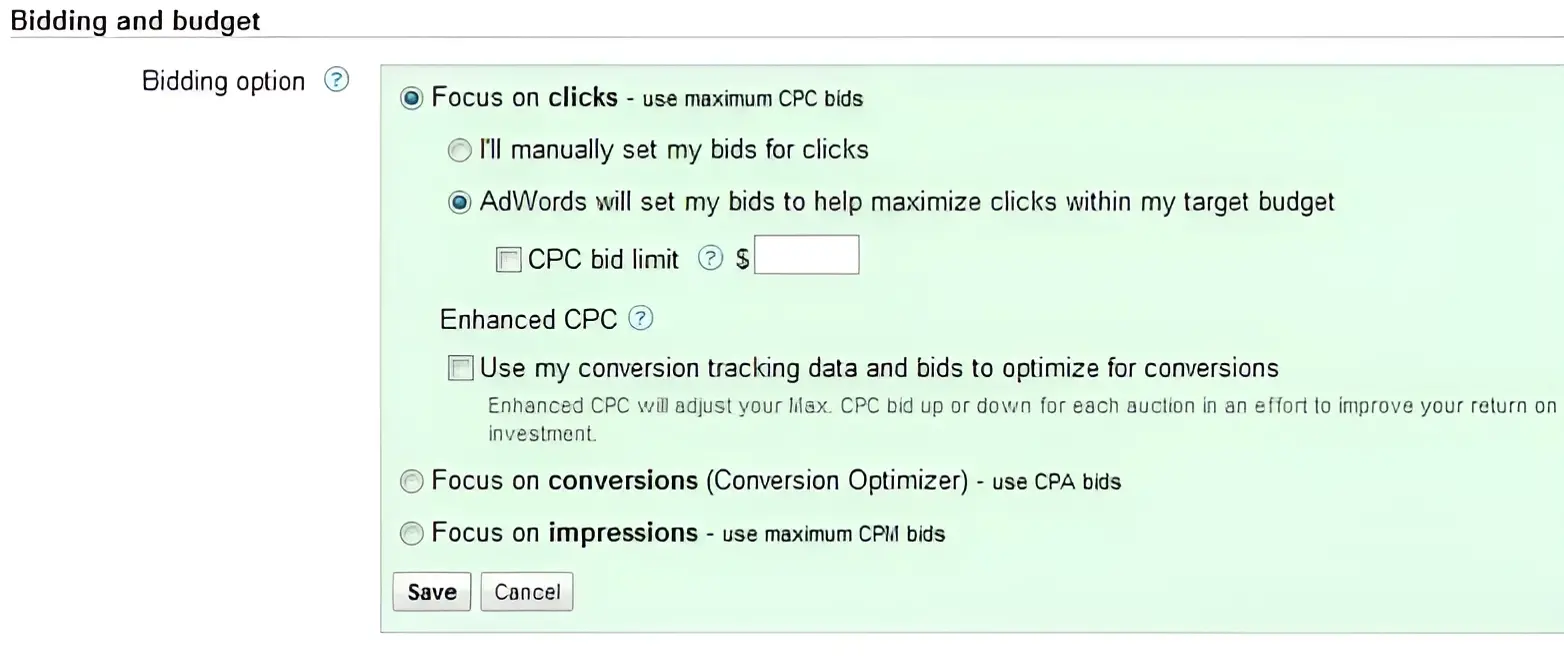
Step#7: Design your custom Ad
Now comes maybe the most important part of the process – writing the ad.
Here, you write the ad's headline and description.
Use the preview box on the right to see how it looks. Google offers tips and examples to help you start.
The key is understanding your audience. Research who you're advertising to and what they want to hear. This makes writing the ad easier and more effective.
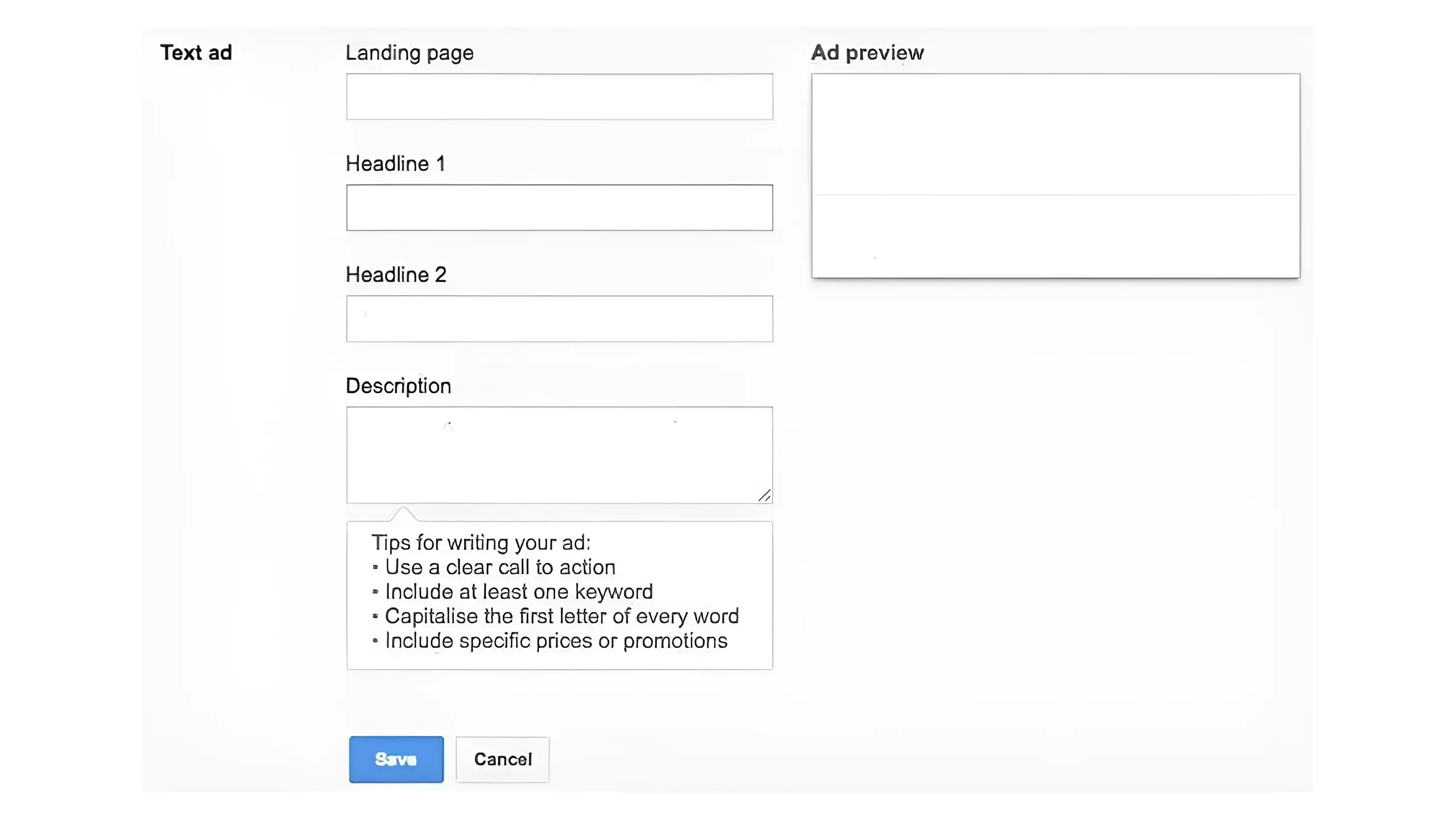
Step#8: Finish your ad
After you've finished creating your ad, click on "Save" to move on to the next phase.
Here, Google will inquire about your business and payment information. You will be charged when your budget is empty or 30 days have passed, whichever happens first.
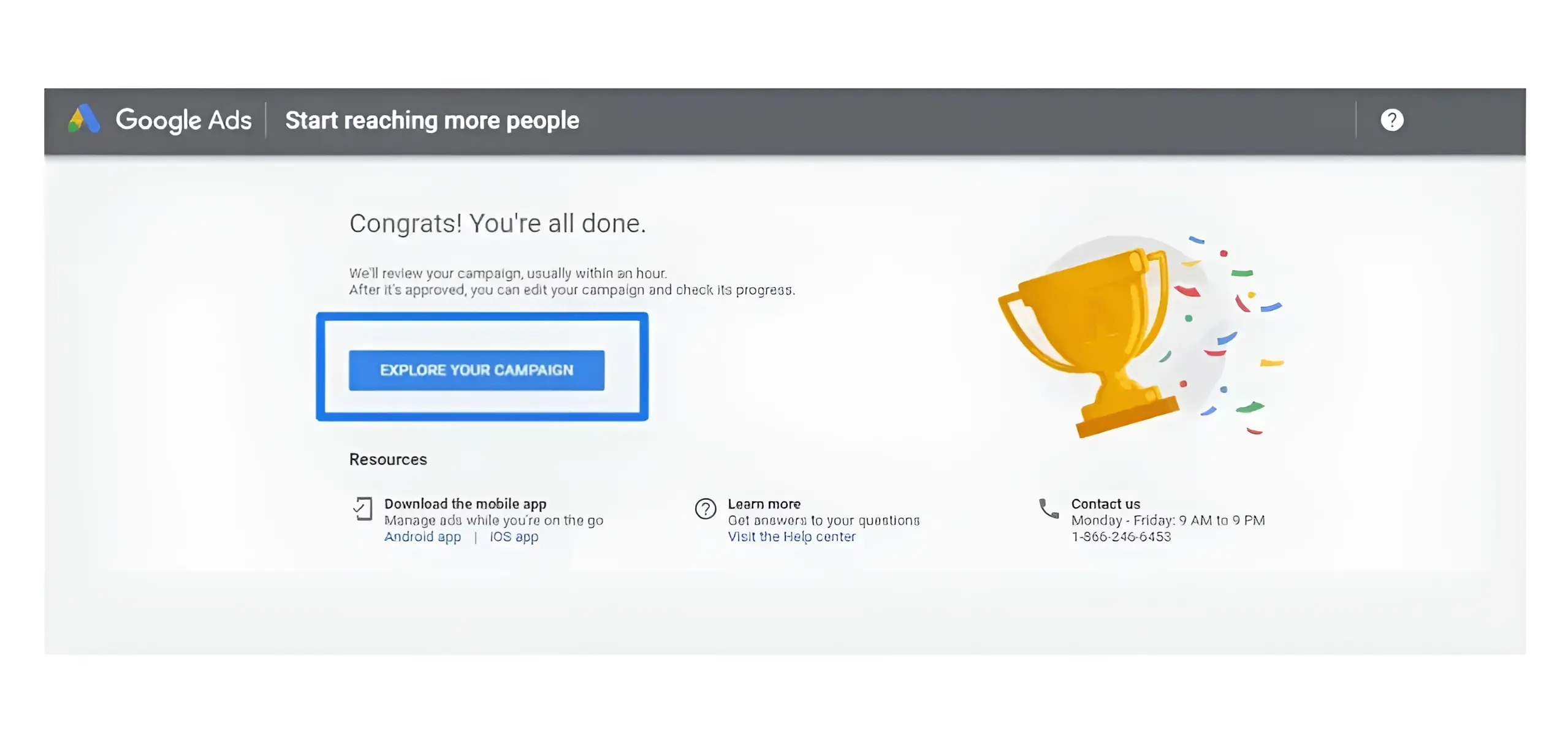
Getting Started With Google Ads for Your Business
1. Define your google ads campaigns and goals
On the Google Ads page, click on the "Start Now" icon that appears.
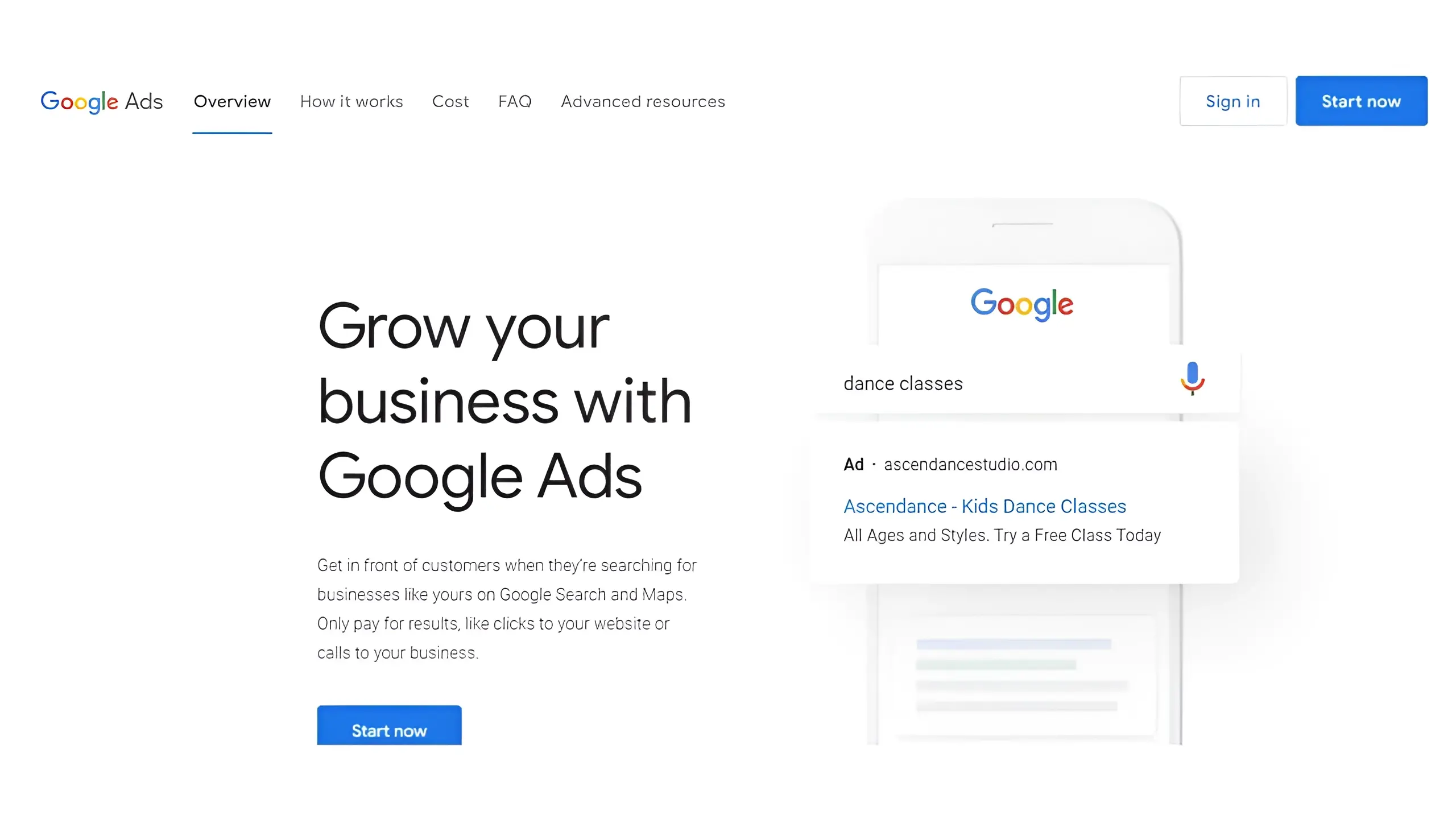
You'll be sent to your dashboard. Click the "+ New Campaign" button and choose an advertising goal that suits your business.
This goal tells Google your target audience and how to handle your bid.
Research your business needs and select the goal that matches them to create an effective ad campaign.
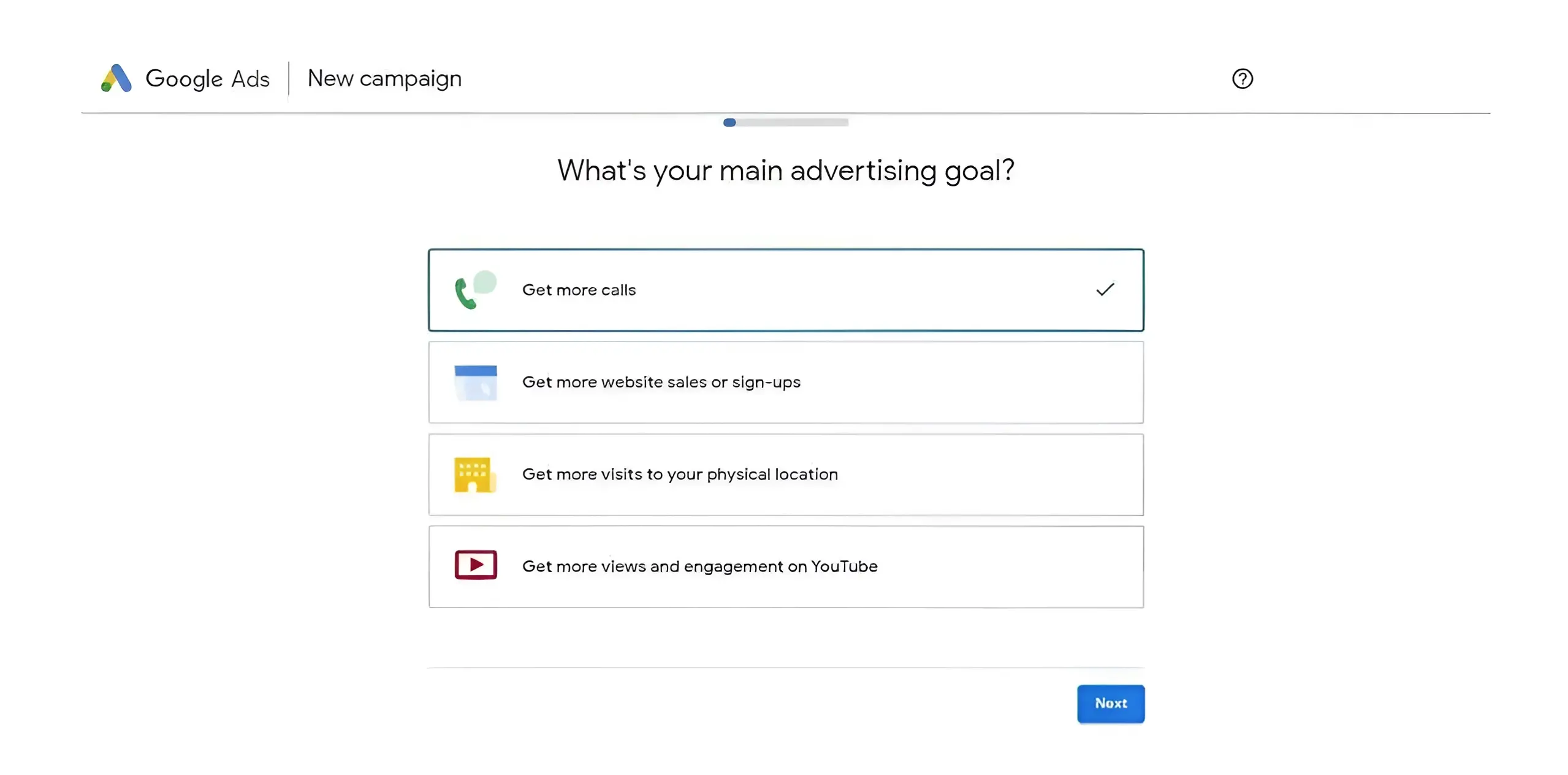
2. Choose your business name and keyword themes
After choosing your goal, Google will ask you to type in your business name.
Google uses this to show your ad to users searching for your business by name, in addition to the keywords you bid for.
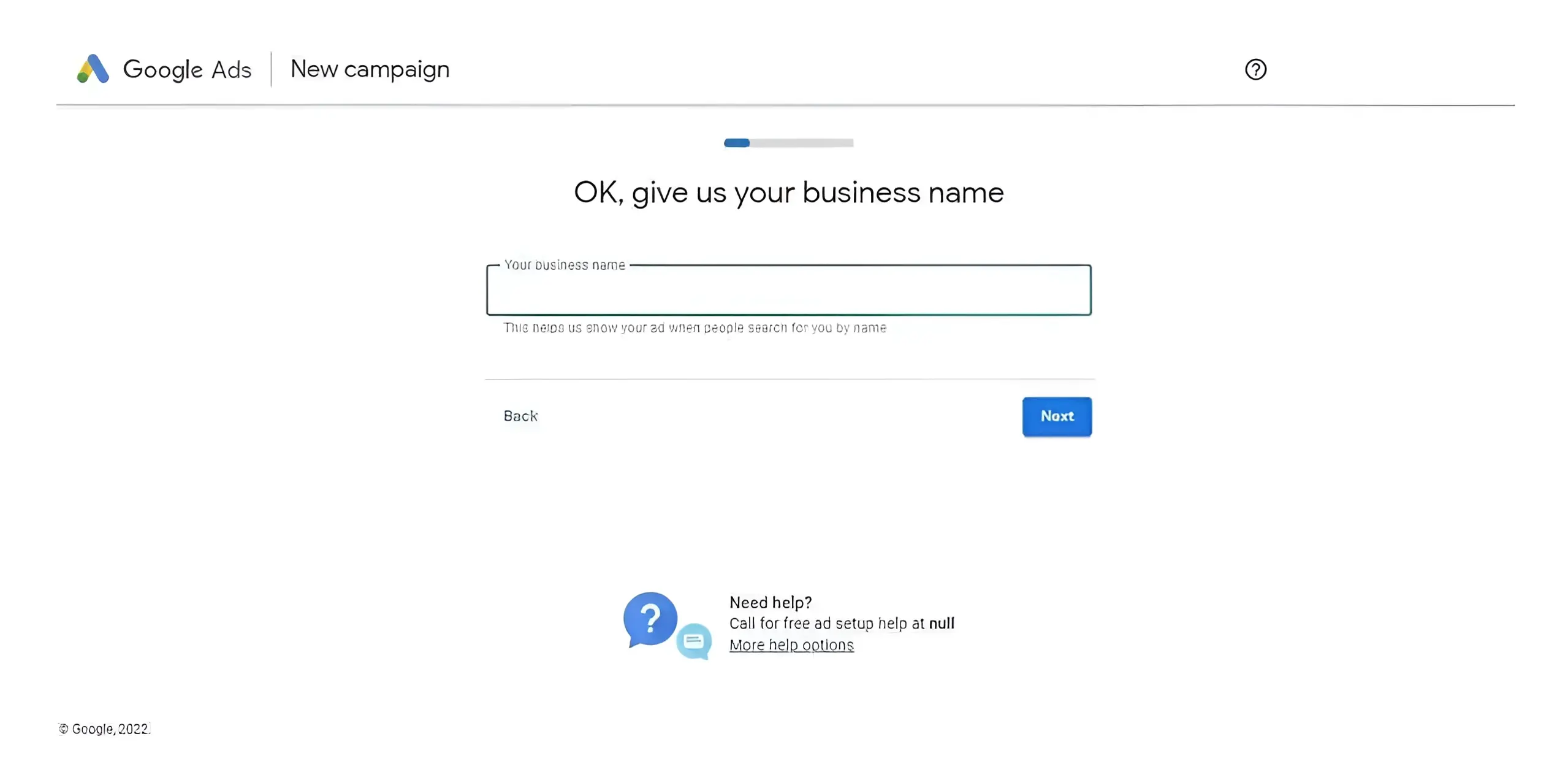
Click "Next," then paste your website's URL in the text box to specify where to redirect users after they click your ad.
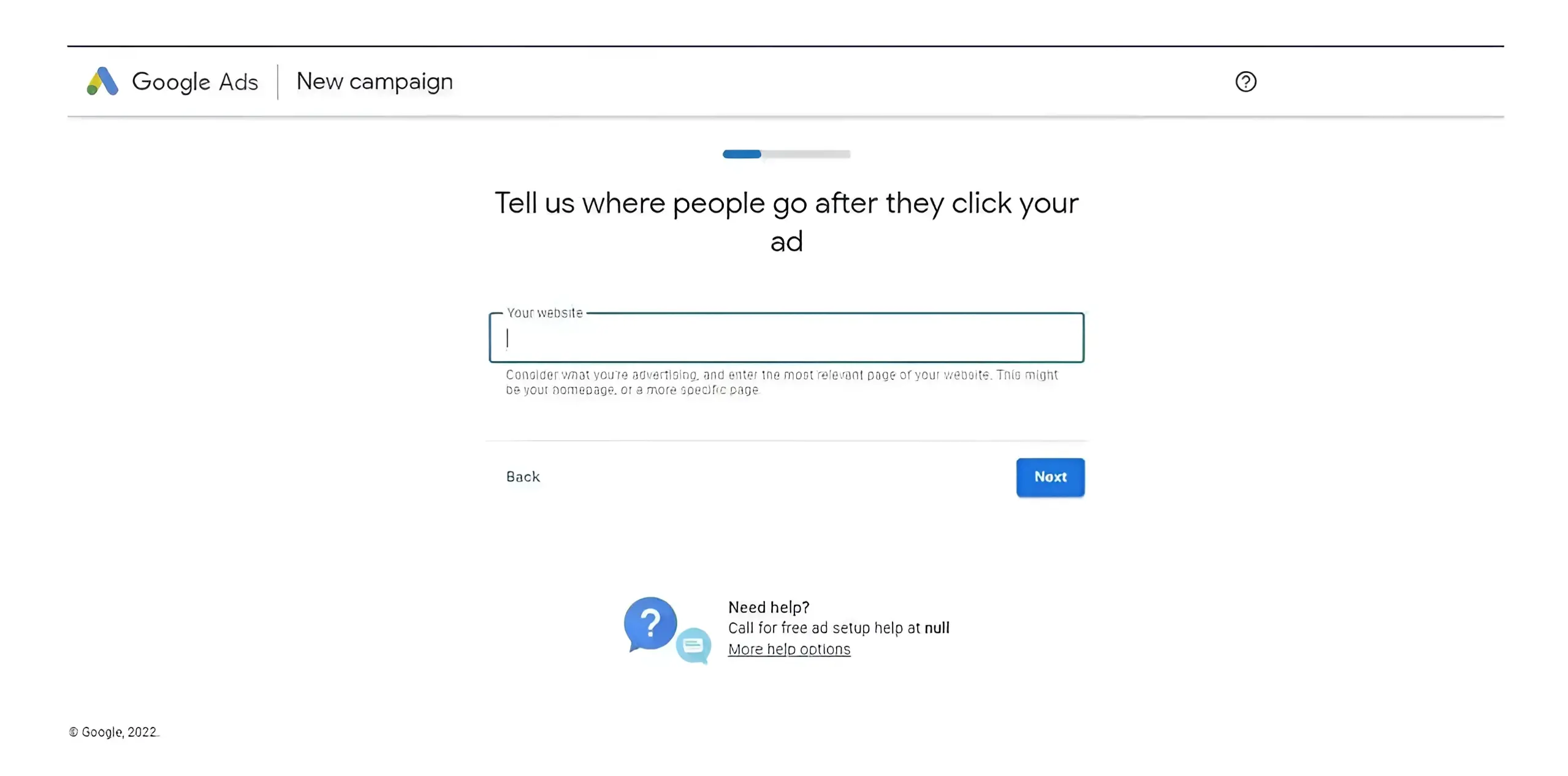
After clicking "Next," you'll be taken to a page to choose keyword themes that match your brand and ad.
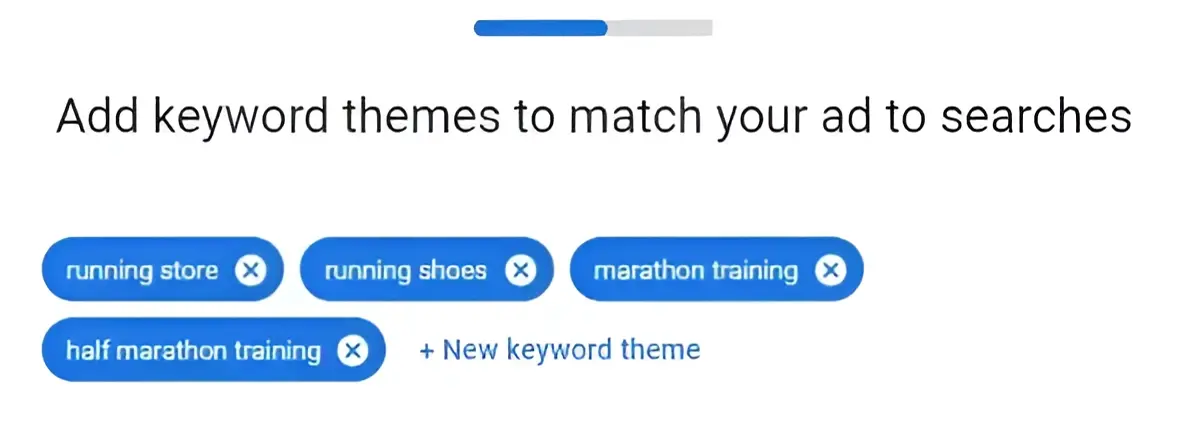
3. Set your Billing
For this section, you need to enter your billing information and if you have any promotional codes for a discount. After you're done, click "Submit," and that's it.
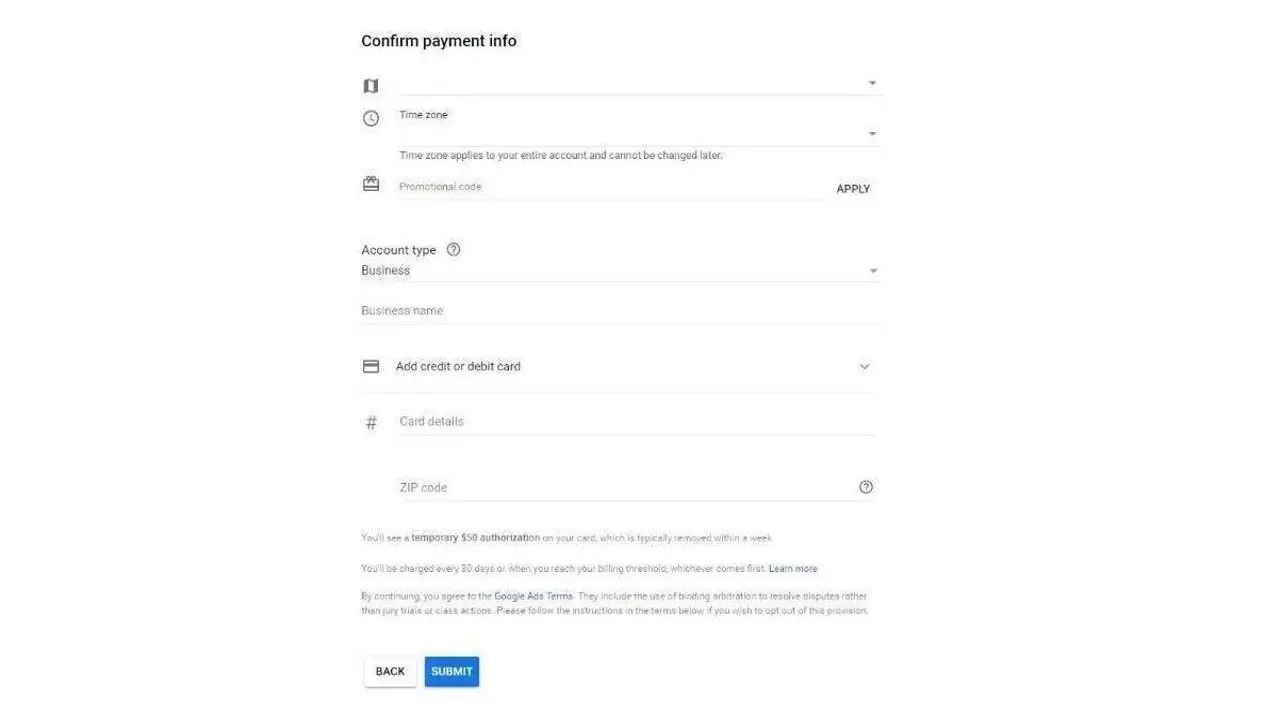
4. Work on your keywords
You can use Google's Keyword Planner to improve your keywords and overall Google Ads position
This tool suggests relevant keywords and recommends bid amounts to help optimize your ad budget.
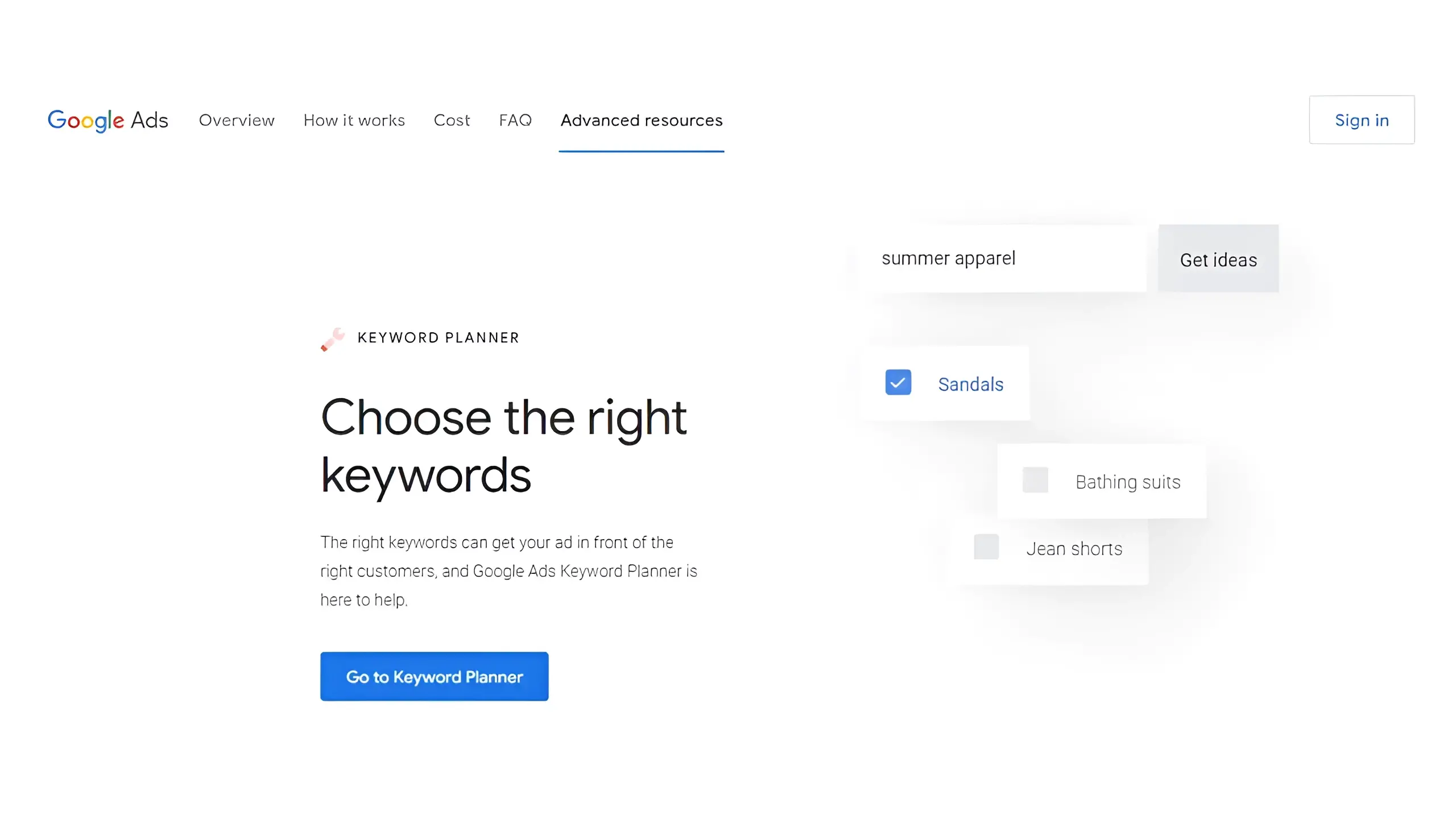
To maximize your ad's impact, Google Ads offers different keyword match options to choose from:
Broad Match: Ensures your ad has a broad reach and is the default setting for Google Ads campaigns.
Broad Match Modifier: This setting enables you to be more specific with your broad match.
Phrase Match: Enables your ad to appear in searches where the relevant keywords are used as part of a broader phrase.
Exact Match: Means that your ads will pop up only in searches that include the exact relevant keywords.
Negative Match: This setting lets you specify words or locations where you don't want your ad to appear in searches.
5. Decide on your ad placement
You can choose where you want your ads to be placed and on what devices you want to advertise.
You can choose to advertise on desktop browsers only, mobile browsers, certain websites, etc.
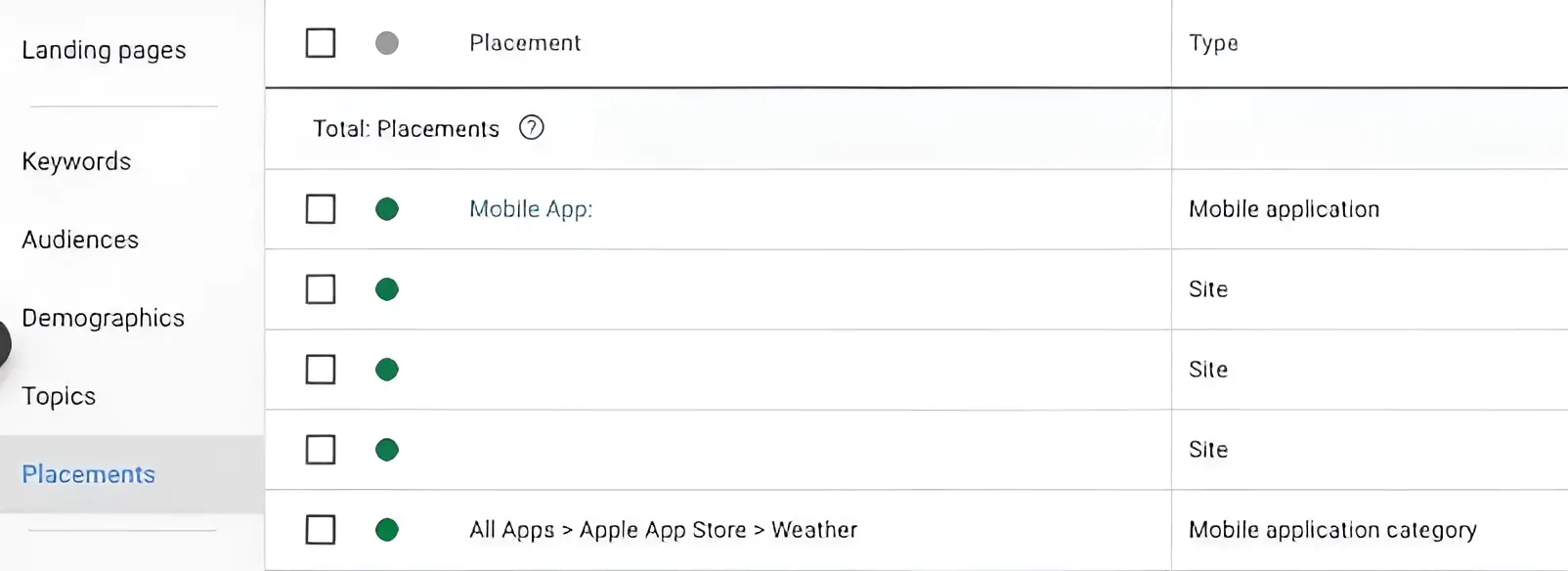
6. Ad Draft
Get creative and make multiple ad drafts before choosing the right one.
An effective ad encourages more clicks, helping your company make a strong first impression.
Include a call to action in your ad to encourage clicks. A well-written, relevant ad is more likely to achieve a high Quality Score.
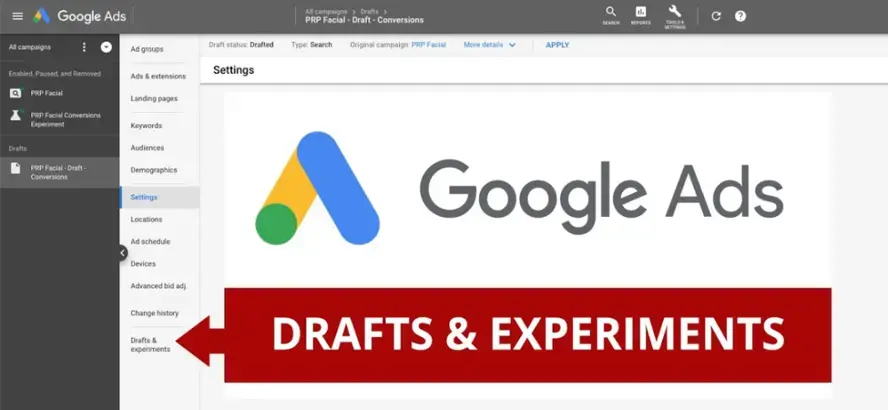
7. Add Google Analytics
Google Analytics helps you track and gain insights into your ad performance more efficiently.
While Google Ads shows how many people clicked your ads, Analytics reveals what actions they take after visiting your site, guiding your next steps.
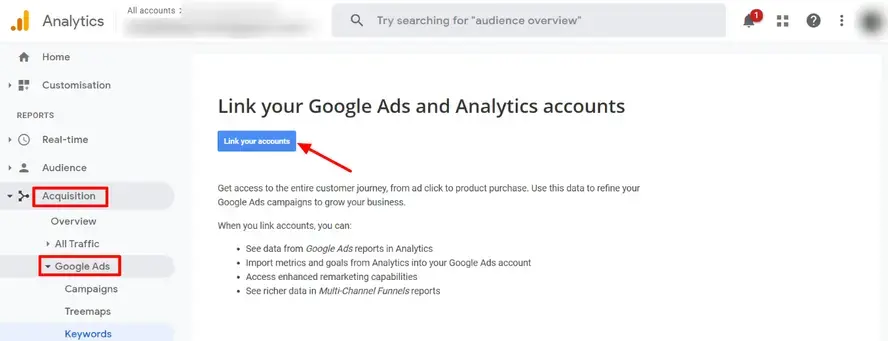
8. Review and publish your campaign
After entering all the required information and completing the steps, review your campaign to ensure accuracy.
Once everything is correct, click the "Publish" icon.
Congratulations, you've created your ad campaign on Google Ads!
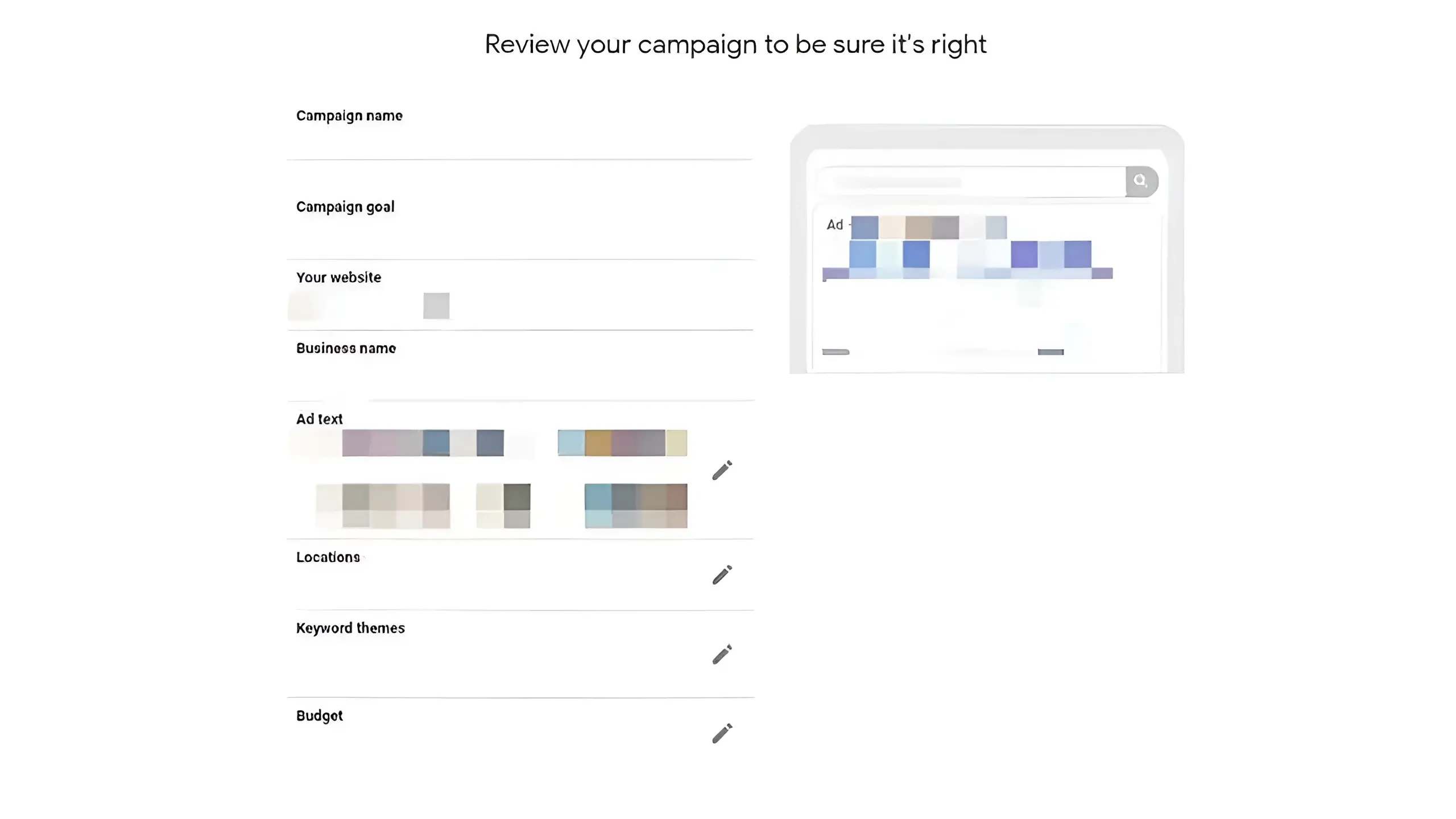
Google Ads vs. Social Media Ads: Choosing the Right Platform for Your Business
When it comes to online advertising, businesses have a multitude of options.
Two of the most popular platforms are Google Ads and Social Media Ads.
Each platform offers unique benefits and is suited to different types of marketing strategies.
Understanding the key differences between them can help you decide which platform aligns best with your business goals and audience.
| Criteria | Google Ads | Social Media Ads |
|---|---|---|
| Reach and Audience | Targets users based on search intent, keywords, and queries | Targets users based on demographics, interests, and behaviors |
| Ad Formats | Text, Display, Shopping, Video, App Ads | Image, Video, Carousel, Stories, Sponsored Content |
| Cost Structure | Pay-per-click (PPC), Pay-per-impression (CPM), Pay-per-engagement (CPE) | Pay-per-click (PPC), Pay-per-impression (CPM), Pay-per-view (CPV) |
| Targeting Options | Keywords, Location, Device, Demographics, Time | Demographics, Interests, Behaviors, Custom Audiences |
| User Intent | High intent, users actively searching for products/services | Lower intent, users browsing and engaging with content |
| Analytics and Insights | Detailed reporting on ad performance, conversions, and ROI | In-depth insights on engagement, reach, and demographics |
| Ad Customization | Highly customizable based on keywords and user intent | Creative freedom with various formats and storytelling |
| Learning Curve | Requires understanding of PPC, keyword research, and bidding strategies | Requires understanding of audience segmentation and creative design |
| Use Cases | Best for direct response, lead generation, and sales | Best for brand awareness, engagement, and community building |
Final Tips to Run a Successful Google Ad Campaign
Landing page optimization: The landing page is the first contact potential customers have with your business after clicking your ad. Ensure it is optimized for a great user experience with clear and aesthetically pleasing content.
Avoid misleading headings: The headings on your landing page guide customers to find the information, product, or service they need. Keep them short, clear, and to the point.
CTAs: A landing page needs a creative and engaging Call to Action (CTA) to encourage the desired action. Ensure the CTA is not too pushy. "Subscribe to our newsletter and get exclusive discounts!" is an example of a good CTA.
Mobile-friendliness: Since most users browse and search on mobile devices, ensure your ad campaign and landing page are optimized and highly responsive on mobile browsers.
Frequently Asked Questions
How will I know how many people visited my site?
A number of different third-party resources allow you to see how many people visited your site.
How do I get more visitors on my forum?
To get more visitors on your forum, create posts for popular topics, mentioned the forum on all of the pages you have, allow guests to view the forums, enable guest posting, increase the popularity of your site, participate in your forum, and participate in related forums.
How web hosting can affect SEO?
If you choose a web hosting company that isn’t that good, your site will load more slowly for visitors. Besides providing a bad user experience for your visitors, search engines also penalize slow sites, which makes your rankings in results go down.
How much does it cost to advertise on Google?
The cost to advertise on Google varies widely depending on several factors, including the industry, competition for keywords, targeting options, and the type of ad campaign.
On average, the cost per click (CPC) for Google Ads ranges from $1 to $2 on the Google Search Network, but it can be higher in competitive industries like legal services, insurance, and finance

I've been navigating the web hosting waters for years now. As the Chief Editor at Verpex, I team up with some awesome writers to dish out the good stuff on hosting. Got a Master's in Journalism, so I always have an eye out for quality. Whether you're just dipping your toes or you're a seasoned surfer, I'm here to make everything web hosting feel like a breeze
View all posts by Julia Lozanov















